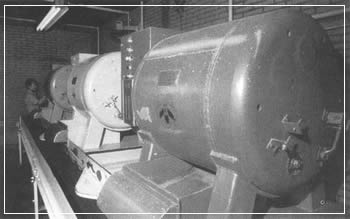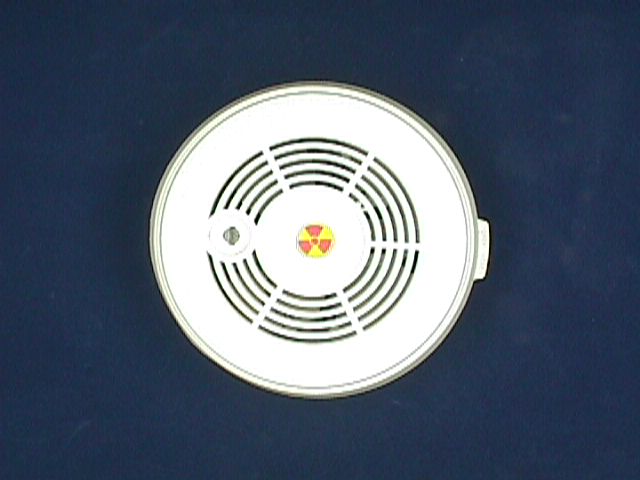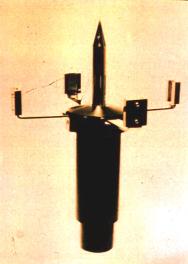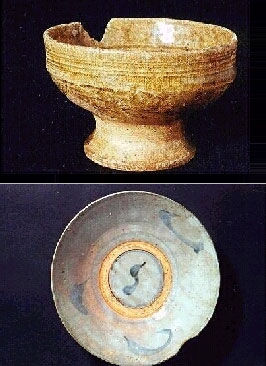What are the uses of radiation?
Radiation is part of our daily life. We benefit from it without noticing its presence. Common examples are electricity generation, medical and industrial applications. With proper use, radiation can be beneficial to the society.
Electricity generation
The demand for energy increases with the world's booming population and expanding economy. We are consuming energy at a pace much faster than it can be replenished. Nuclear energy is one of the solutions to meet this ever increasing demand of energy. To date, there are about 440 commercial nuclear power reactors around the world, mainly relying on splitting, or fissioning, of uranium or plutonium nuclei. These reactors generate about 17% of the electricity world-wide.
Guangdong Nuclear Power Station and Lingao Nuclear Power Station at Daya Bay are located some 50 km to the northeast of Hong Kong. They began commercial operation in February 1994 and May 2002 respectively. Both stations use pressurized water reactors to generate power for the people of Hong Kong and Guangdong.

Guangdong Nuclear Power Station and Lingao Nuclear Power Station
Medical applications
Many of us are aware of the widespread use of radiation in the medical community. It can be used for diagnosis as well as therapy for a number of diseases.
Since the discovery of anthrax-laden mail in US in October 2001, US Government uses x-rays in the same manner as in medical usage to sterilize suspected items sent through mail to avoid panic in the country.
Industrial and agricultural applications
In agricultural applications, radioisotopes are usually used as tracers. Fertilizers doped with radioisotopes provide a means to find out the amount of fertilizer uptaken by crops and the portion that is lost. In addition, radiation can be used to exterminate insects. Sterile Insect Technique (SIT) is applied to inhibit the reproducing power of the insects so as to reduce their population. The SIT operations conducted in Mexico were successful in reducing the number of pest/insects significantly. With the support of the United Nations Food and Agriculture Organisation (FAO) and the International Atomic Energy Agency (IAEA), the SIT programmes are underway in a number of countries.

SIT instrument
(Source/Photo: FAO / Mr. S. Pierbattista)
Applications in consumer products
Radioactive materials are used in some consumer products. With suitable safety design and under appropriate use, their benefits significantly outweigh the associated radiation risks. These products include smoke detectors, luminous signs, radioactive lightning conductors, etc.

Smoke detector

Luminous exit sign
(Source: SRB Technologies)

Lightning conductor
(Source: Environmental Protection Department )
Archaeological applications
Antiquities can be dated by measuring their natural radioactivity. Popular techniques include "carbon-14 dating" and "thermoluminescence dating". They are useful tools in geological, anthropological and archaeological researches.
Carbon-14 is produced when cosmic rays bombard the atmosphere. The carbon-14 formed will be oxidized to carbon dioxide and absorbed by plants. Meanwhile, animals will ingest plants and hence most of the organic materials contain a certain amount of carbon-14. As soon as the plants or animals die, the uptake of carbon-14 will cease and the amount of carbon-14 will decrease with time due to radioactive decay. The half-life of carbon-14 is about 5,730 years. By measuring the amount of carbon-14 in the ancient organic materials, we can estimate the time when the organism died.
Trace amounts of natural radioactive materials, such as uranium, thorium and potassium with half-lives of up to one billion years, exist in soil. When the inorganic crystal in clay is irradiated by the above radioactive materials, part of the radiation will be released in the form of light and the rest will be trapped in the crystal. When such crystal is heated, the stored energy will be released as light, the so called thermoluminescence effect. Thermoluminescence dating can be used to determine how much time has elapsed since the last time the object was heated. The older the object, the more light will be released. Thermoluminescence dating is commonly used to determine the age of pottery.

Thermoluminescence dating can determine the age of antiquities
Top: Hard pottery dou stem cup; Bottom: Blue-and-white dish with grass and leaf design
(Source: Hong Kong Museum of History )